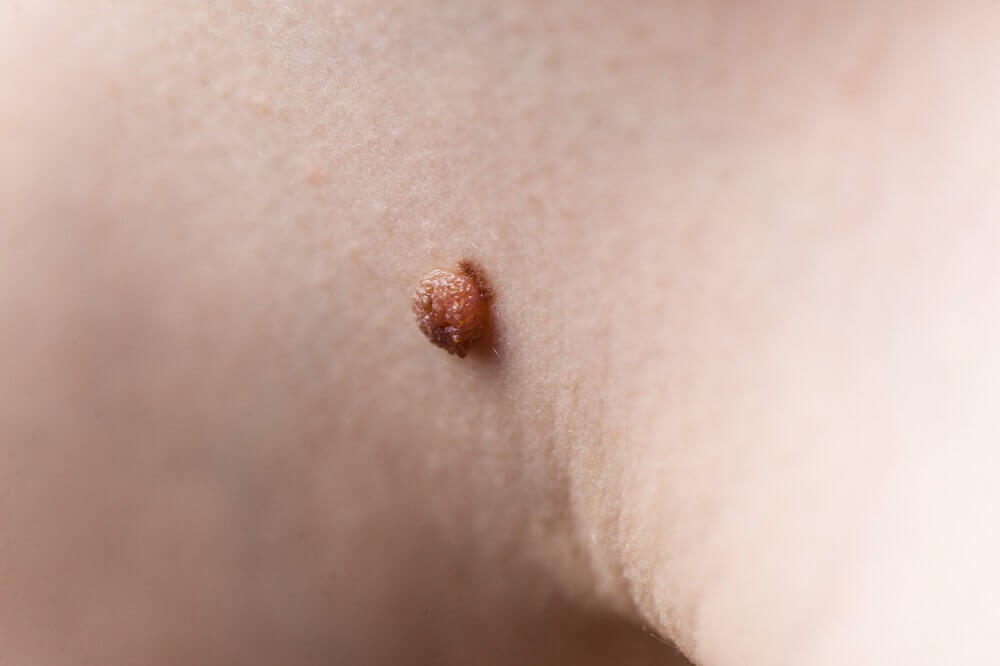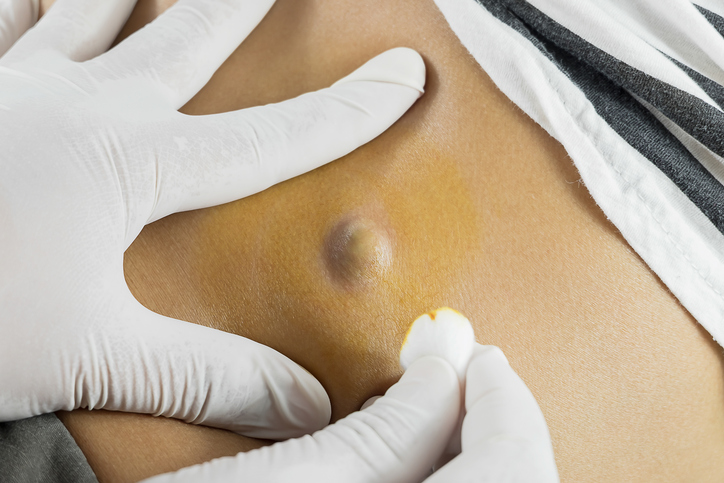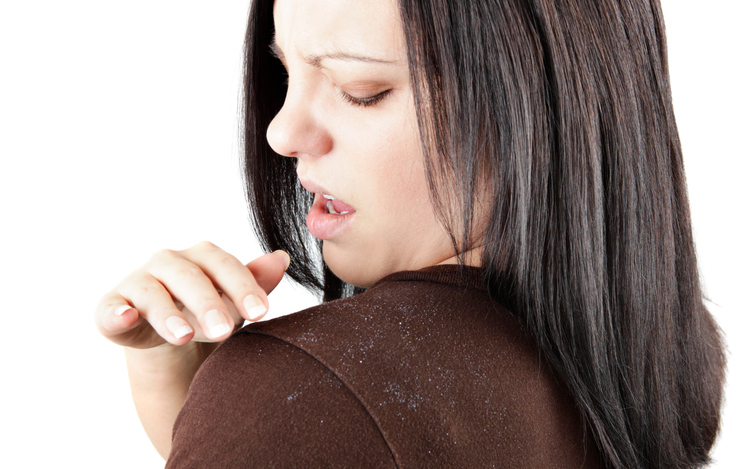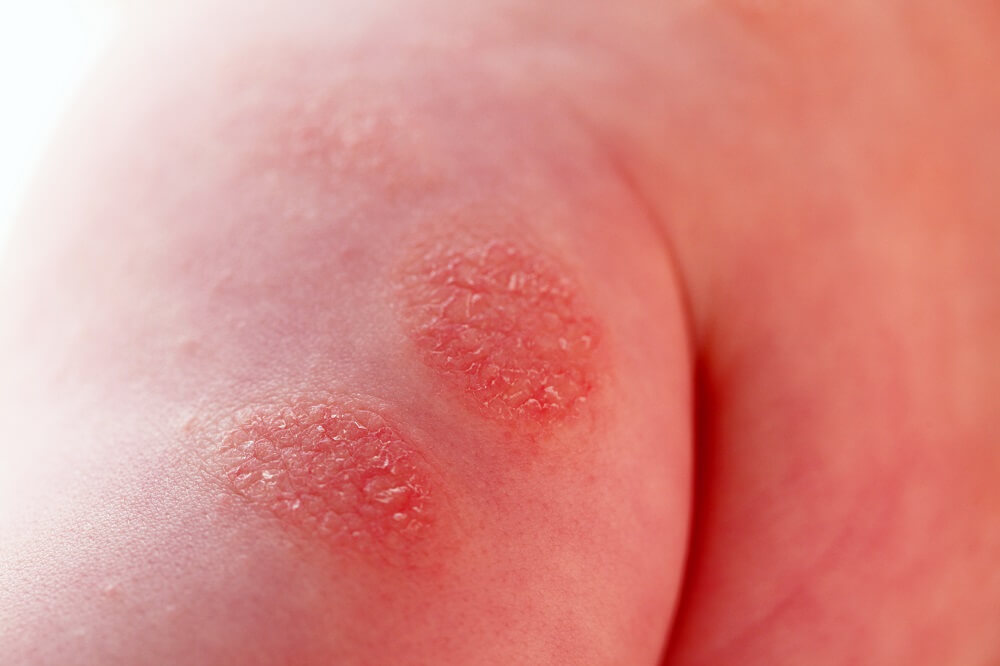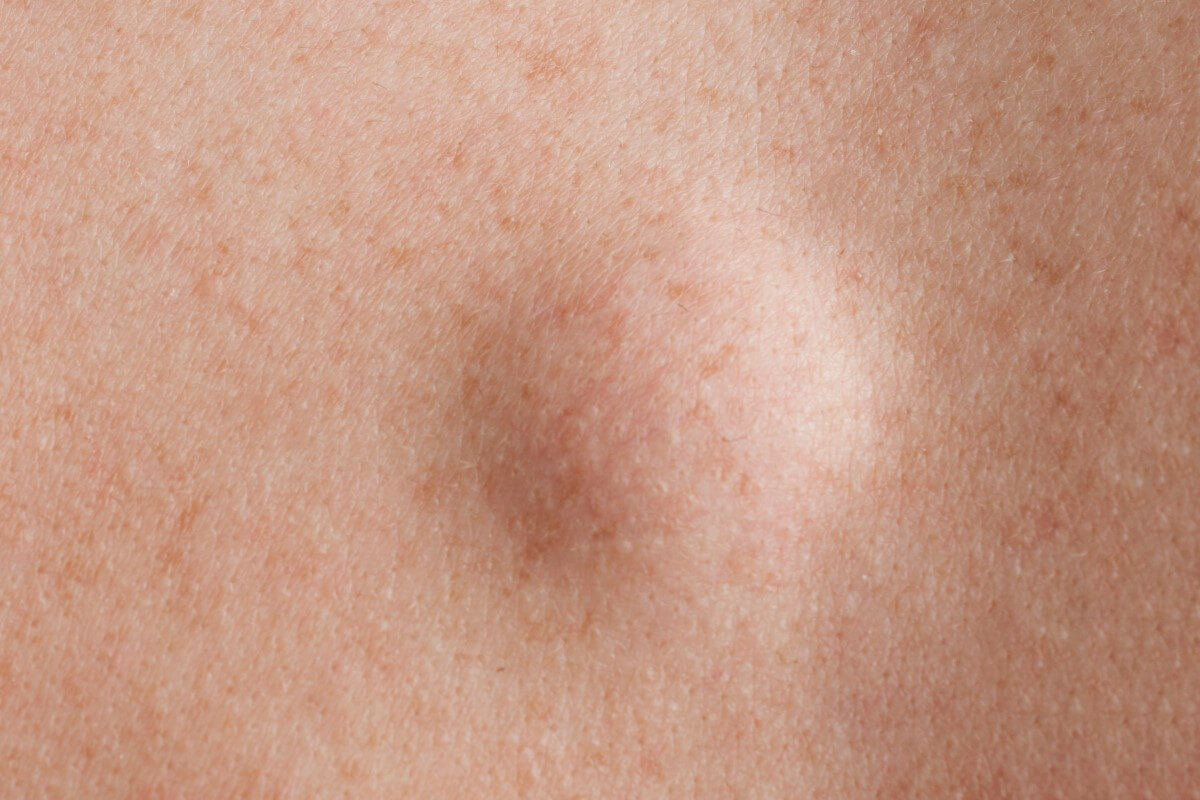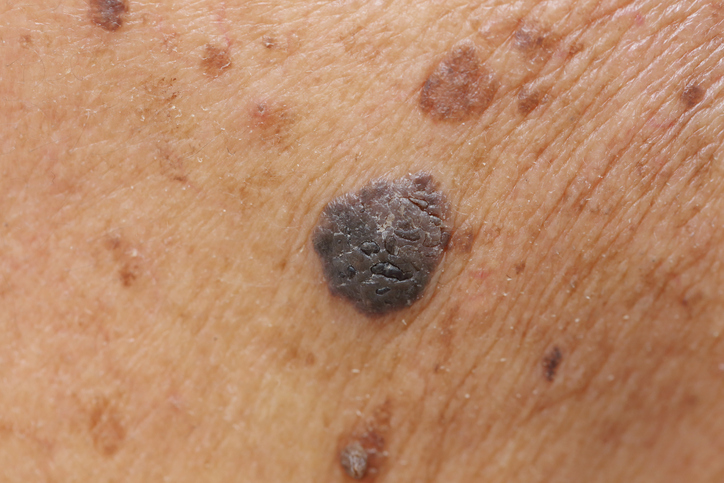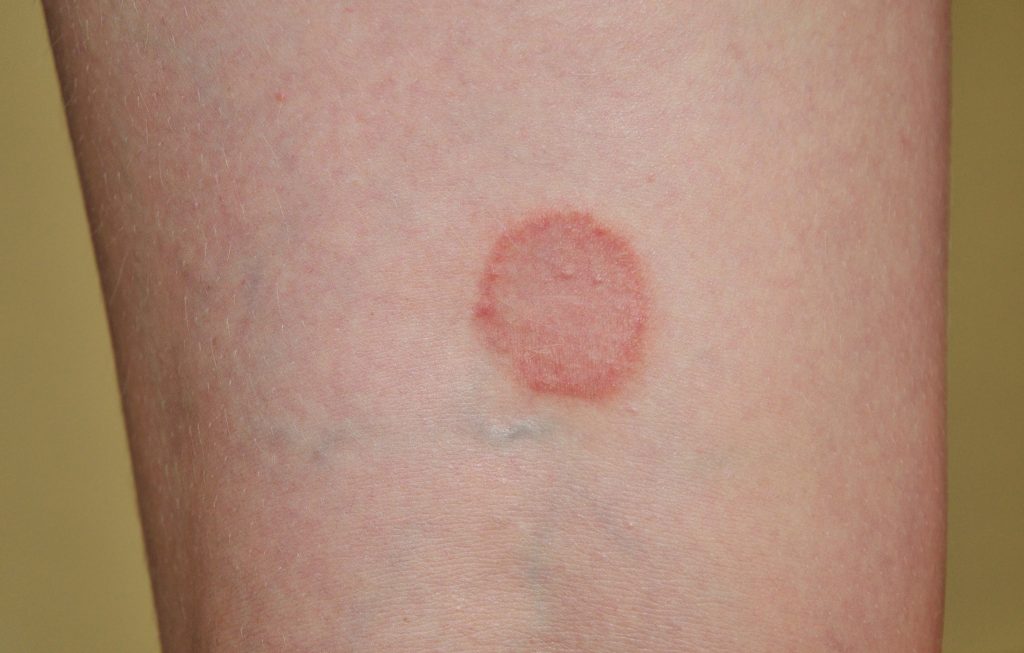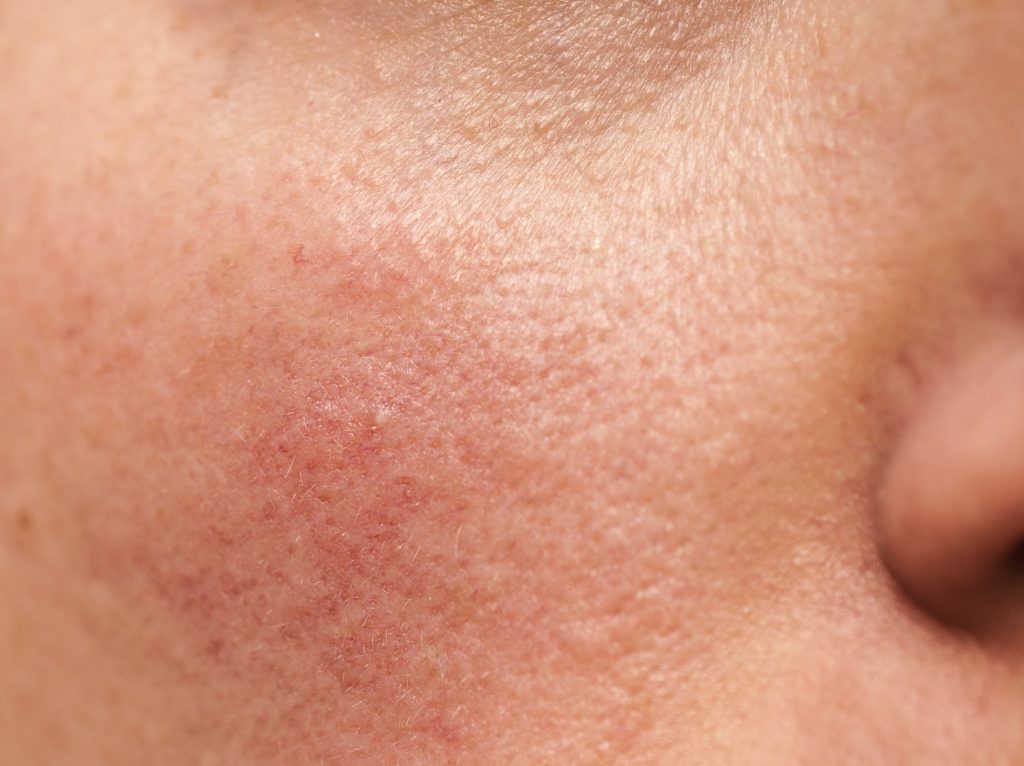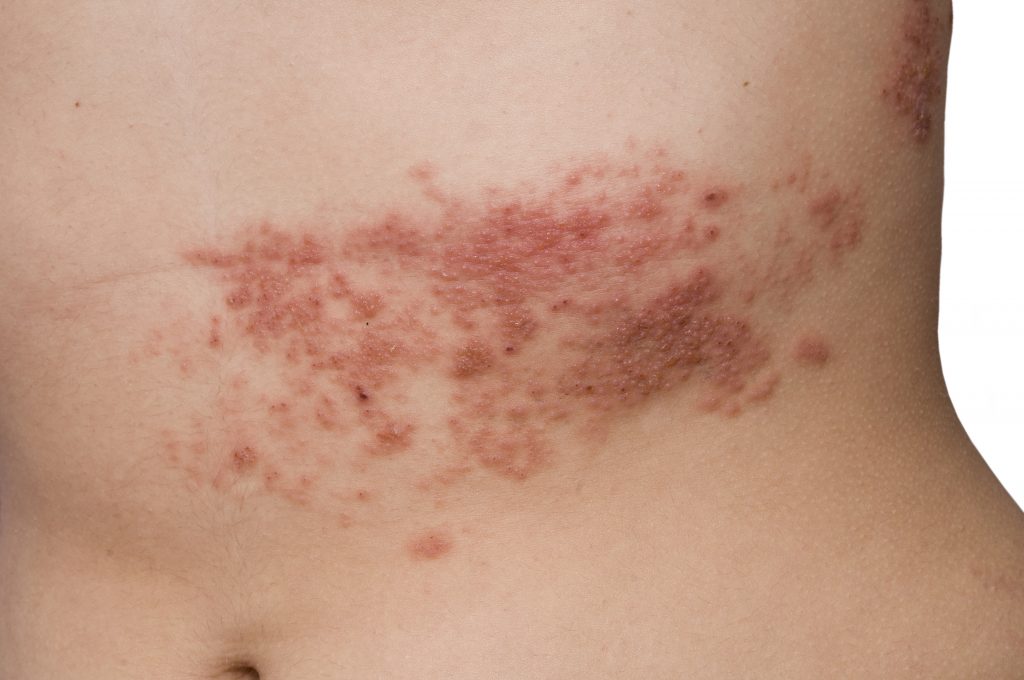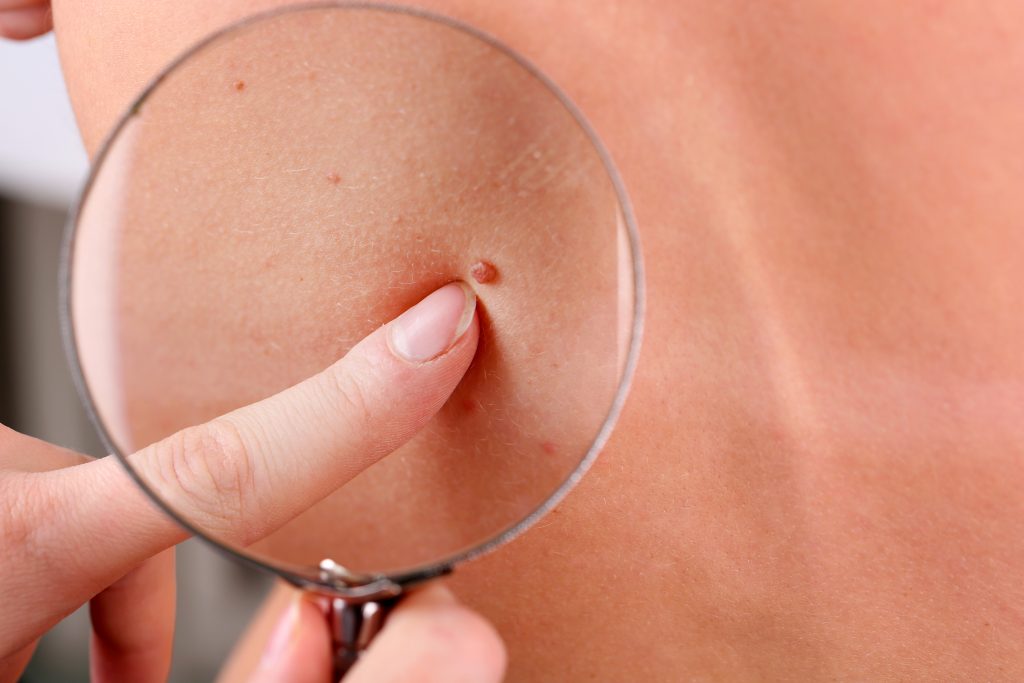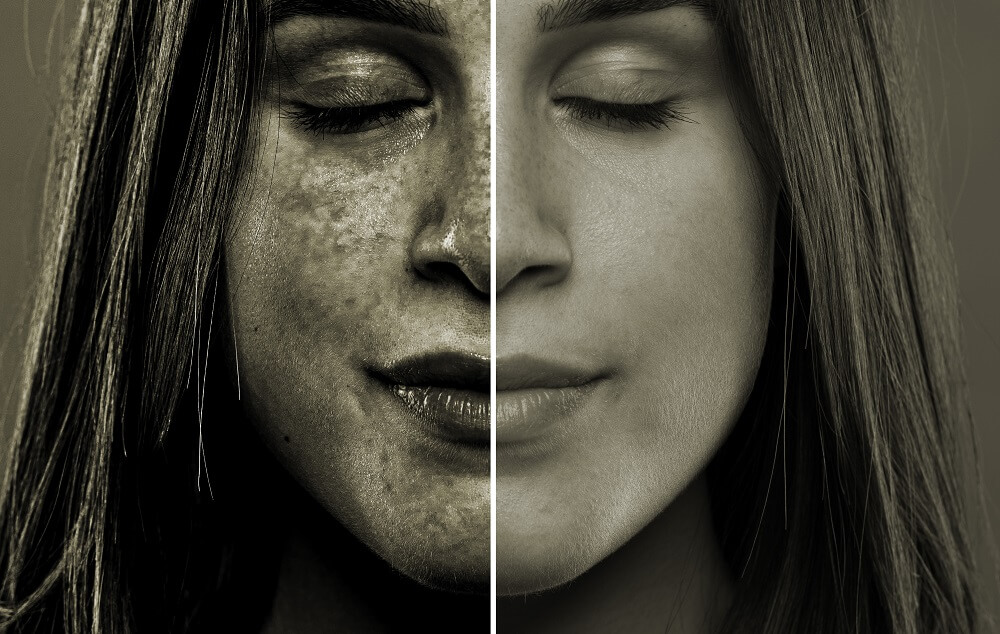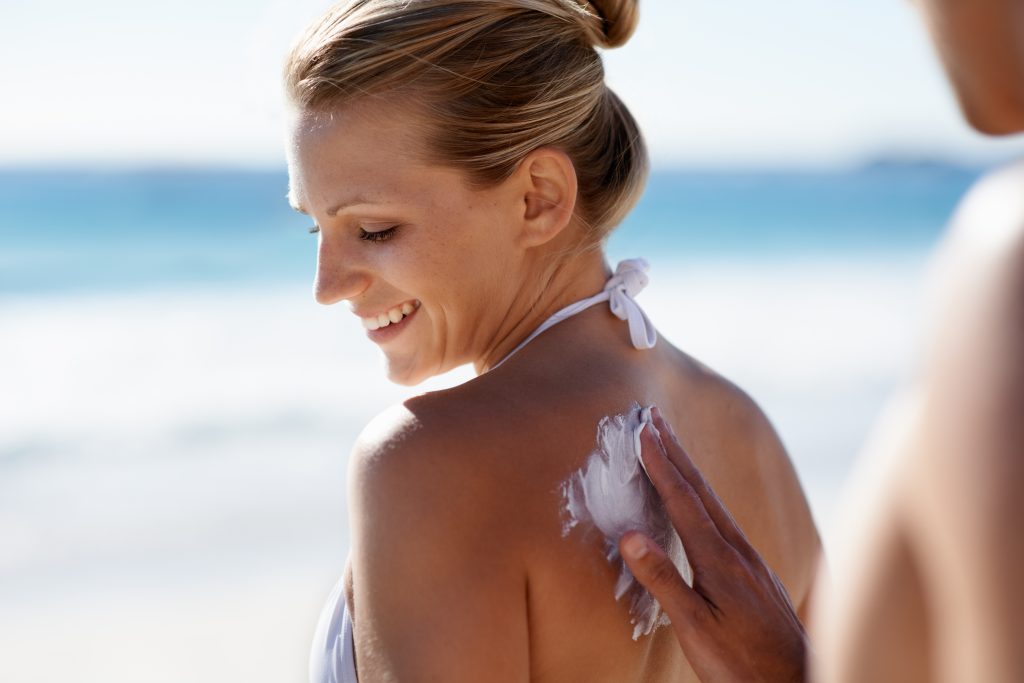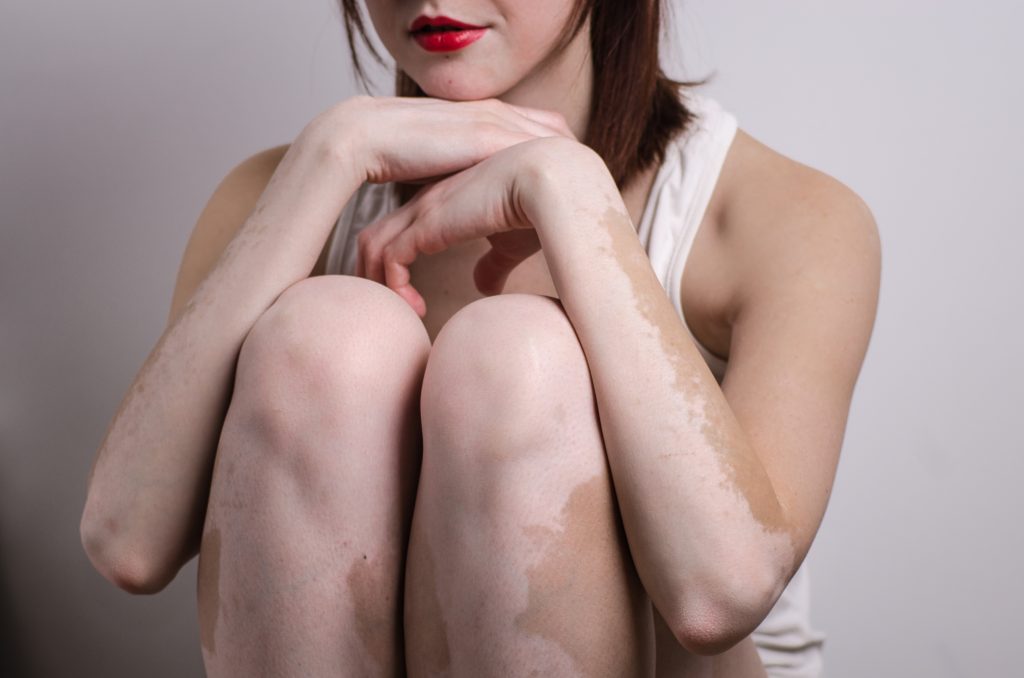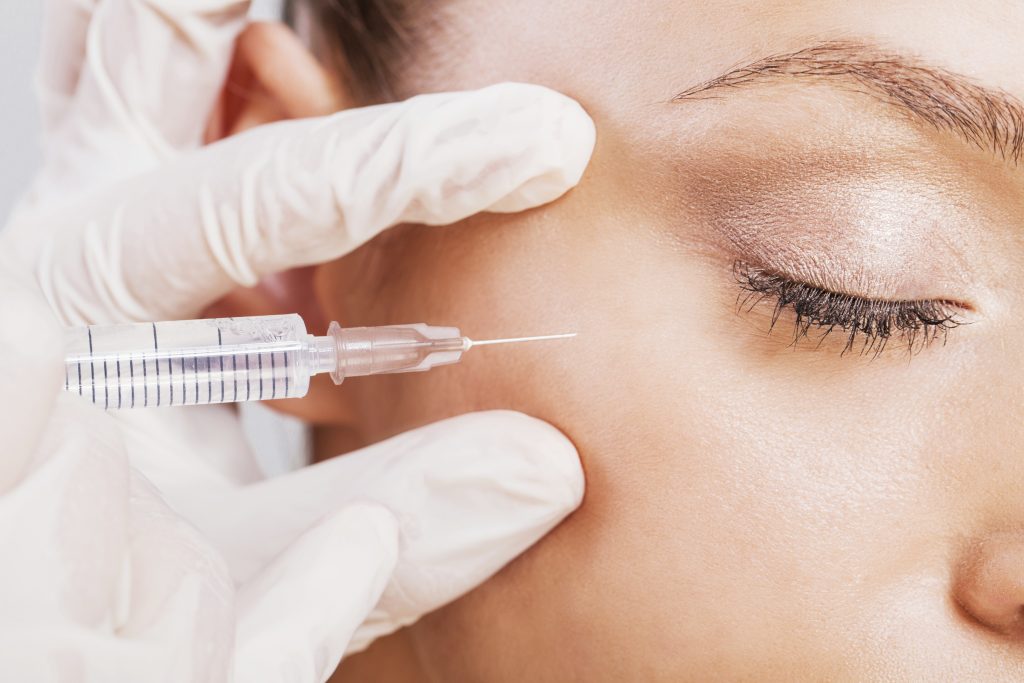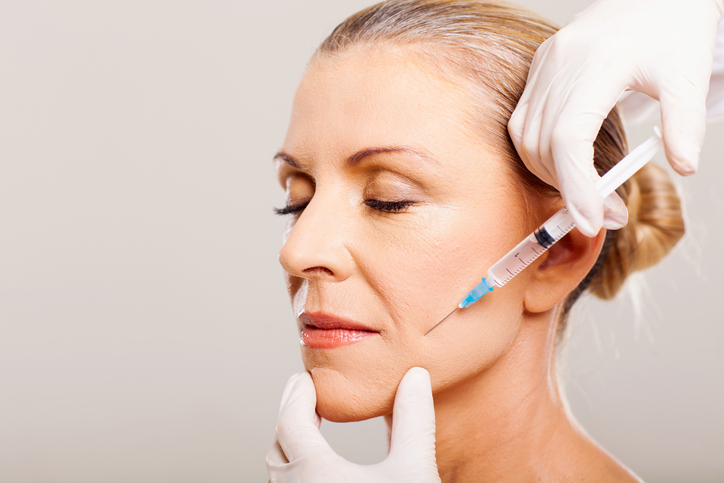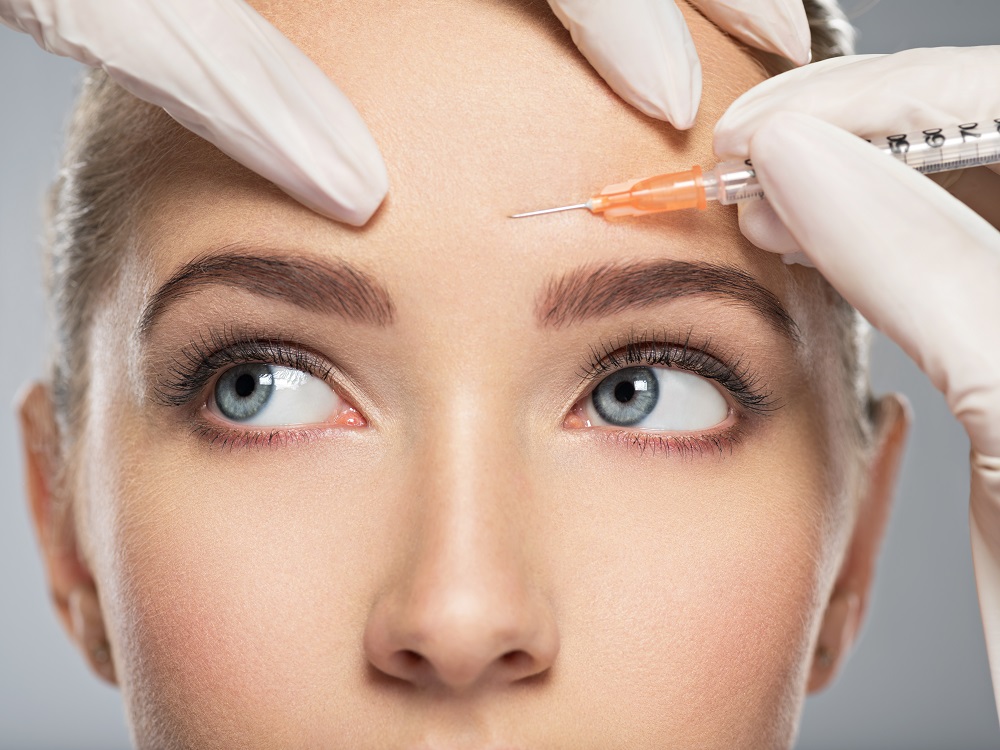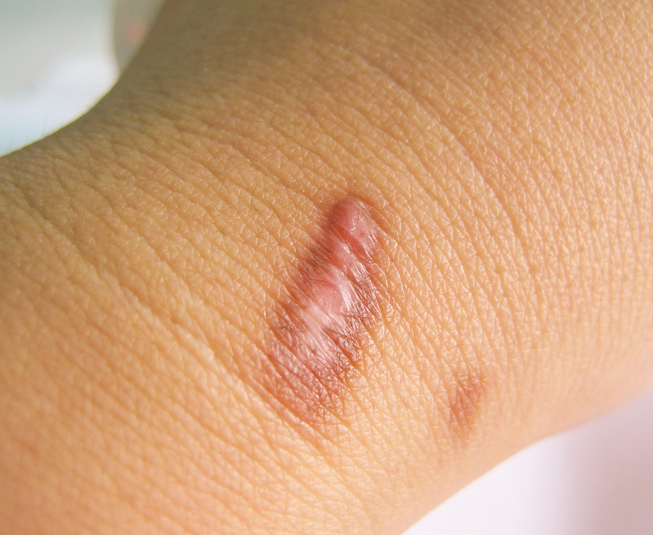Amanda Bell is a Certified Physician Assistant who was born and raised in Lubbock, Texas. She attended Lubbock Christian University where she earned a Bachelor of Science in Biology and graduated with Summa Cum Laude Honors, as well as being selected the Biology Department Distinguished Graduate, the Honors Department Distinguished Graduate, and the Dean’s Honor Graduate for B. Lane Ward College of Professional Studies. Amanda then moved to Fort Worth where she attended the University of North Texas Health Science Center and obtained her Masters in Physician Assistant Studies, graduating in the top 10 in her class with honors.
Although Amanda fell in love with dermatology during her studies (all of her electives were in dermatology), she actually practiced in several areas of medicine including family medicine, urgent care, internal medicine, and wound care, prior to transitioning full time to dermatology.
Amanda provides services in both medical and cosmetic dermatology. As a member of the Texas Academy of Physician Assistants, she is passionate about patient education as a component of quality care. “I am intentional about using every opportunity to educate patients in all aspects of their medical care, including an explanation of diagnoses, treatments, and procedures and preventative health measures.” Amanda believes skin health is critical to overall good health, as well as important to a person’s life in general. “I want to help people feel good in their own skin and provide them with confidence that can change their life. The most rewarding part of my job is helping patients gain confidence while improving their skin health at the same time”.
Amanda is married to her husband Jake, and they recently welcomed their first child, son Greyson. During her free time, she enjoys snuggling her son, all things skincare, decorating, organizing, and cheering on her husband who coaches boys’ basketball. She is excited to return to Fort Worth and will treat patients at our Fort Worth South Hulen office.
Specialties and Affiliations
- The Texas Academy of Physician Assistants
- The American Academy of Physician Assistants




